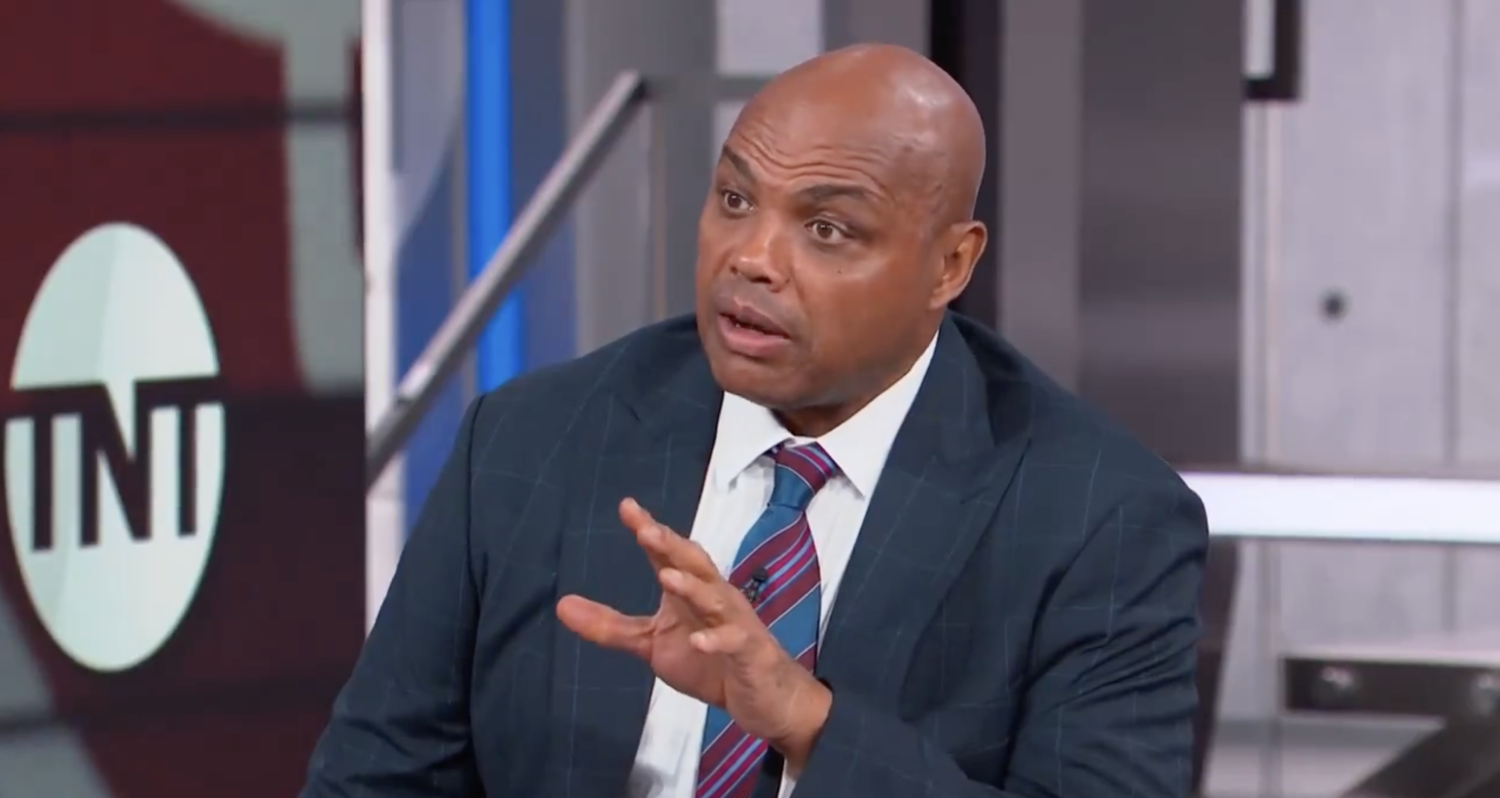We’ve extensively covered the challenges the Pac-12 Networks have faced over the years, from their continued lack of a DirecTV deal to their lower payments and distribution relative to the Big Ten Network and the SEC Network to schools’ questions about the networks’ progress, but a new report has a particularly interesting metric that’s perhaps indicative of some of the issues they’re facing. That report comes from Jon Wilner of the San Jose Mercury-News, who has been covering the Pac-12 Networks thoroughly for years, and it shows that according to a report from media firm SNL Kagan, the Pac-12 has seen one of the rare declines in average subscriber fee since its 2012 launch:
* In 2012, the Big Ten commanded $0.37 per sub, while the Pac-12 National network received $0.30.
* By 2017, the Big Ten’s average sub fee had jumped to $0.48, an increase of 30 percent, while the Pac-12 fee had dropped to $0.11.
That’s right: From $0.30 to $0.11 in the five-year span.
Of the 24 networks listed in the research report that existed in both 2012 and 2017, the Pac-12 Network was one of only four that experienced a drop in sub fees over the span. The others were the Olympic Channel, the Tennis Channel and beIN Sports.
The Pac-12’s fee decrease was, by far, the largest.
That drop is of $0.19 per subscriber, or 63 percent. Now, as Wilner’s piece notes, a lot of this is not about the network charging less (as a Pac-12 Networks statement in his article says, “our contracted rates increase annually, as is common in the industry,”) but about its distribution. The network has increased from an estimated 12 million subscribers shortly after launch to an estimated 19 million subscribers last year, with many of those (4.5 million) coming from a fall 2016 deal with Dish that moved the national network from a sports tier to a more basic tier.
And many of those subscribers are out of market and paying an estimated $0.05 annual fee (lower than the network’s previous out-of-market rate), which lowers the annual averages the network is pulling in. That makes them one of only four networks (the others are beIN Sports, the Olympic Channel, and the Tennis Channel) included in this report that have seen their average per-subscriber rate drop since 2012. Of those networks, the Pac-12’s average fee decrease was by far the largest.
Of course, there are things to consider beyond that. These are outside estimates rather than internal financials, and in addition, there are some benefits to the Pac-12 Network in being seen by more people, even if some of those subscribers are only chipping in a $0.05 fee. Reach matters in its own right, and trading higher per-sub fees for a larger footprint can be a valid strategy. But the decrease in per-sub fee here for the Pac-12 Networks shows that they’re still facing some issues, and that expanding their footprint isn’t necessarily all that lucrative.
There are a few further things to consider with the network, including their high numbers of events (850 per year) and that most of the Olympic sports events are not watched by enough people to merit a rating, so they’re spending a lot of money (an estimated $15,000 to $25,000 per Olympic sports event) on producing content that isn’t watched by a lot of people. And they have to do some of that to live up to their promises to distributors of events per year, and part of the challenge there is with the structure of six regional networks in addition to a national network, which also has been a big stumbling block in getting on DirecTV; the regional setup is far more effective for cable systems than satellite. Moreover, even if the Pac-12 Networks were doing okay in their own right (which they may or may not be, depending on your reading of these numbers), they’re suffering by comparison to the SEC Network and the Big Ten Network, helping schools in those conferences to further pull away in terms of media rights revenue.
Also, unlike the SEC Network (ESPN) and the Big Ten Network (Fox), the Pac-12 Networks don’t have a major media network partner to help with distribution, event coverage, and so on. And, in an effort to gain the most value from their first-tier football and basketball rights, most of the content that’s left for the Pac-12 Networks isn’t all that compelling, which is a big part of why DirecTV can continue to say “We don’t need you”; there isn’t enough truly in-demand content on those networks to require them to pick them up. This report is just a further illustration of some of the challenges the Pac-12 Networks are facing, but it’s a notable one, and one that shows that even their subscriber growth expansion doesn’t necessarily solve their long-term issues.






